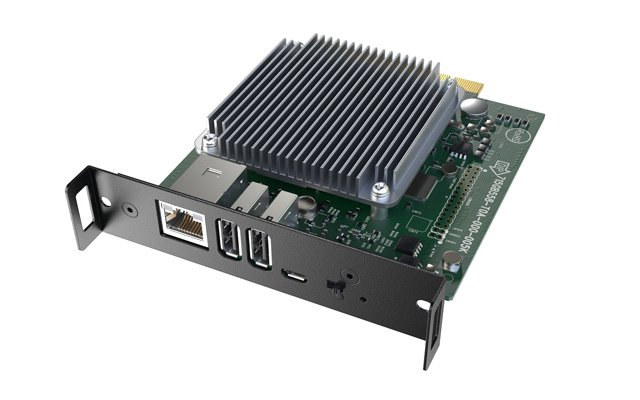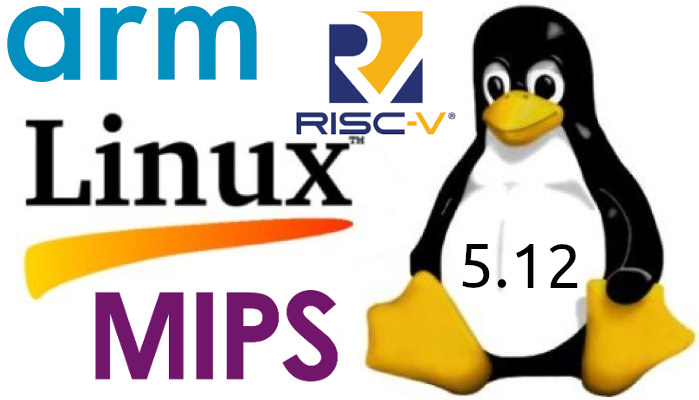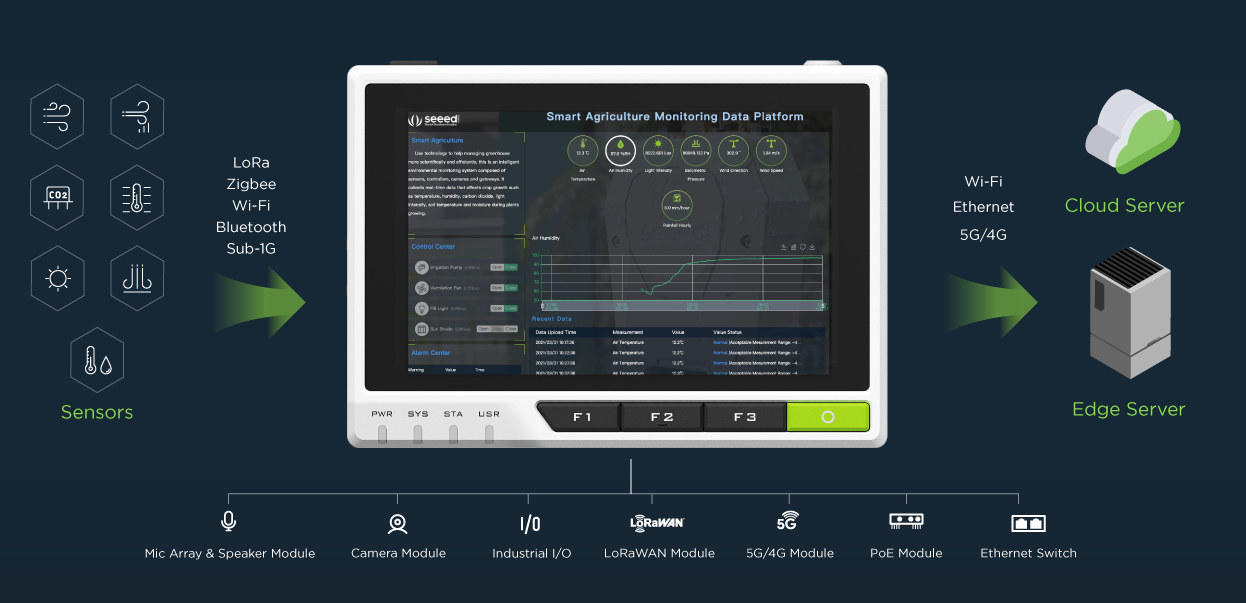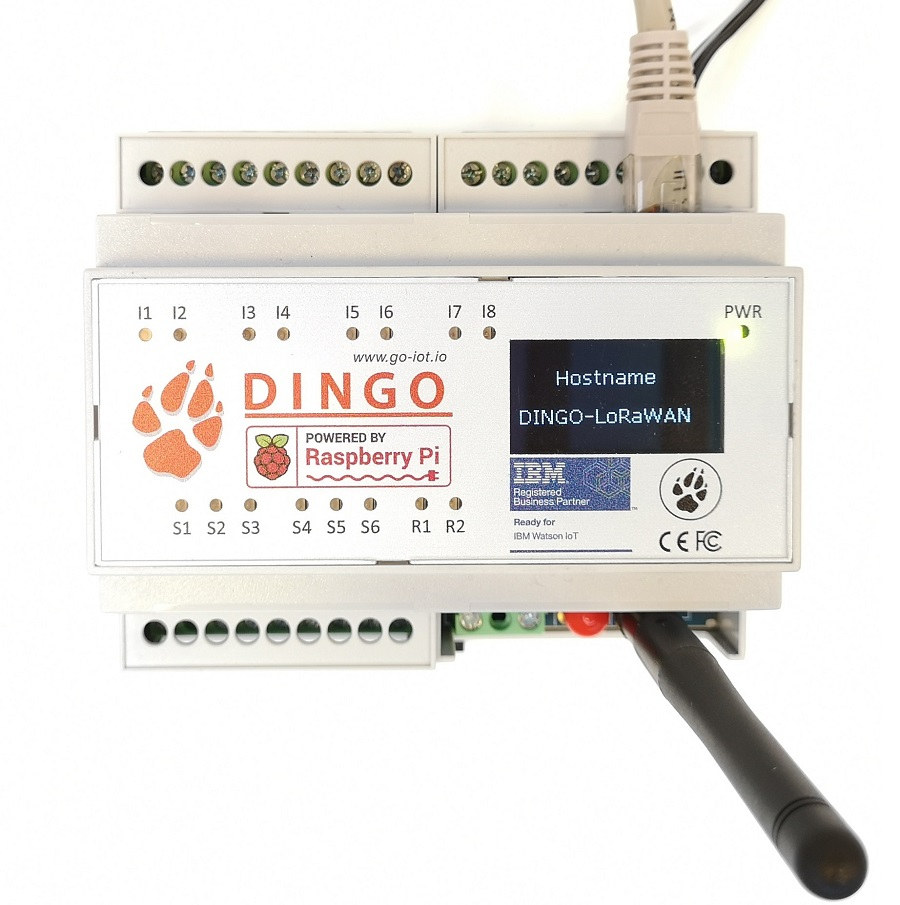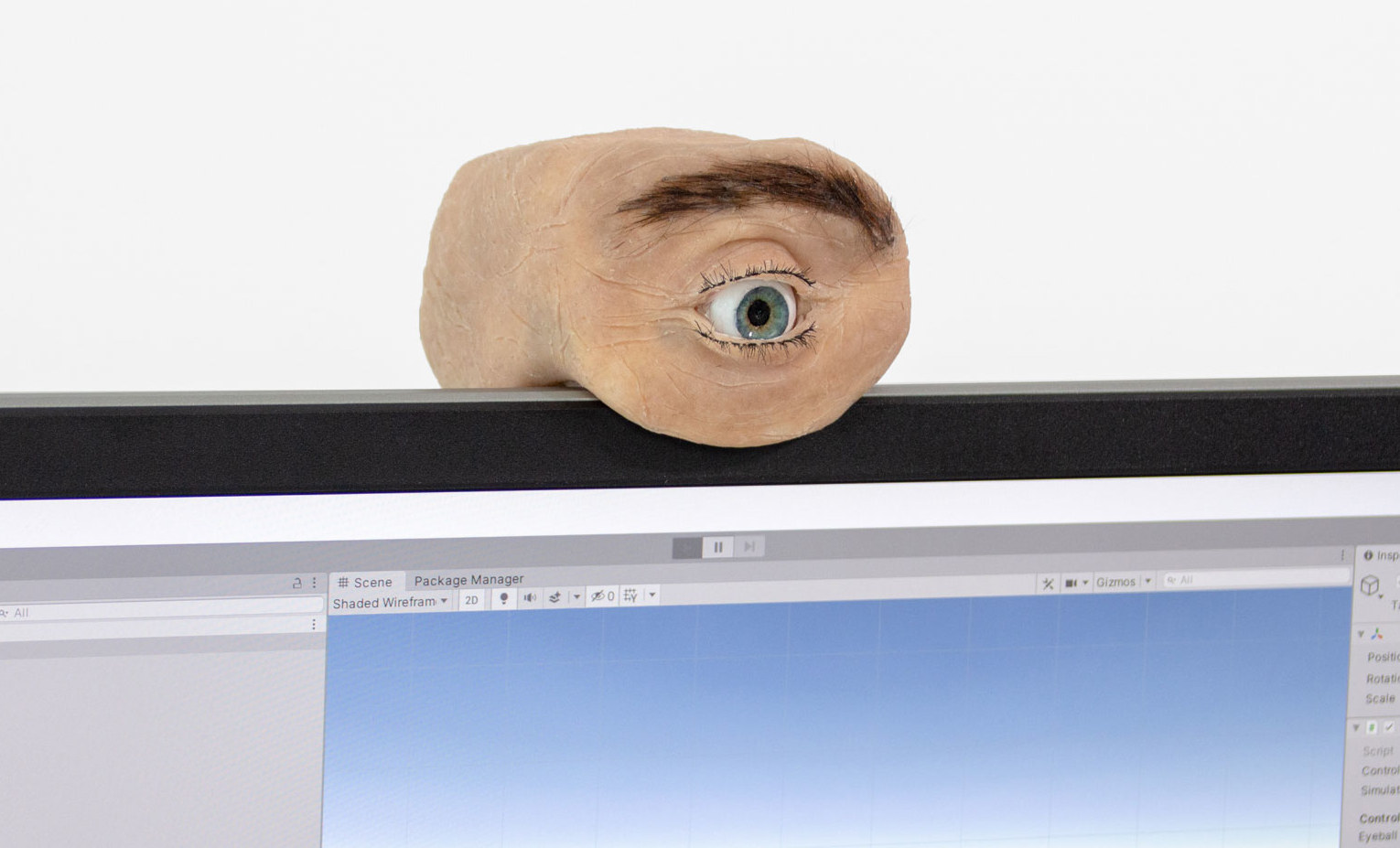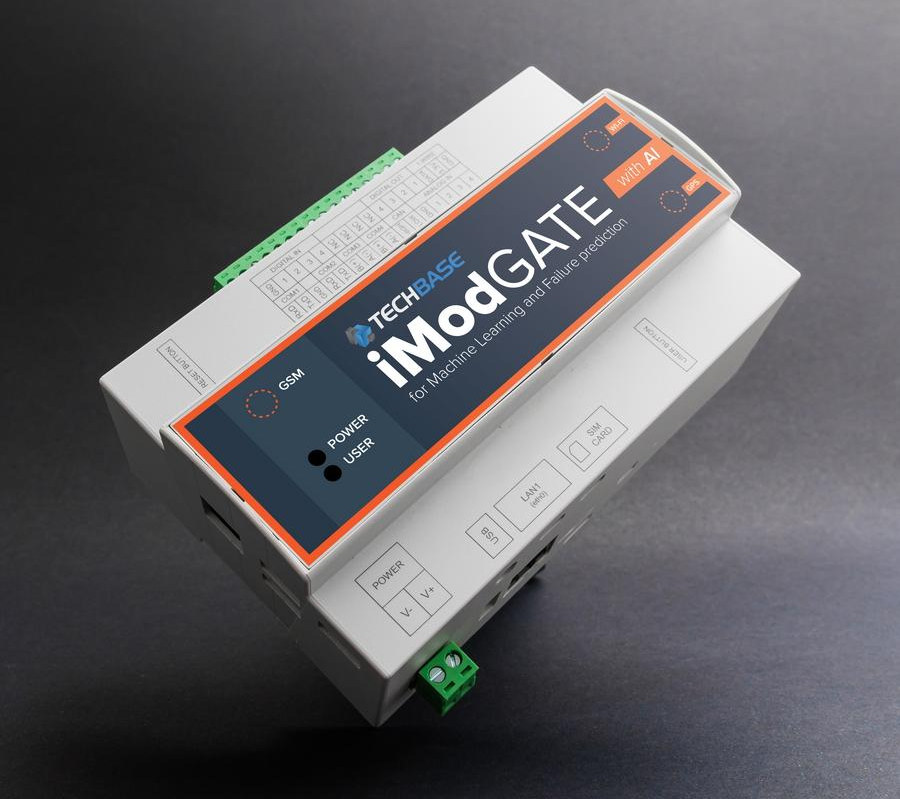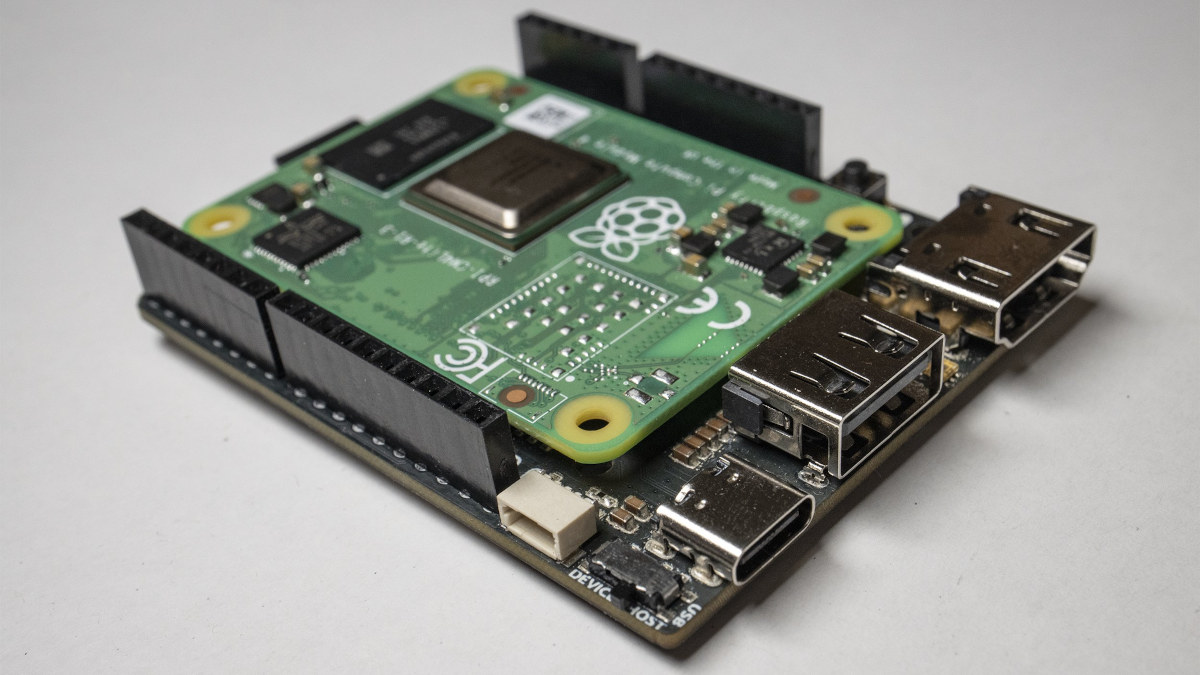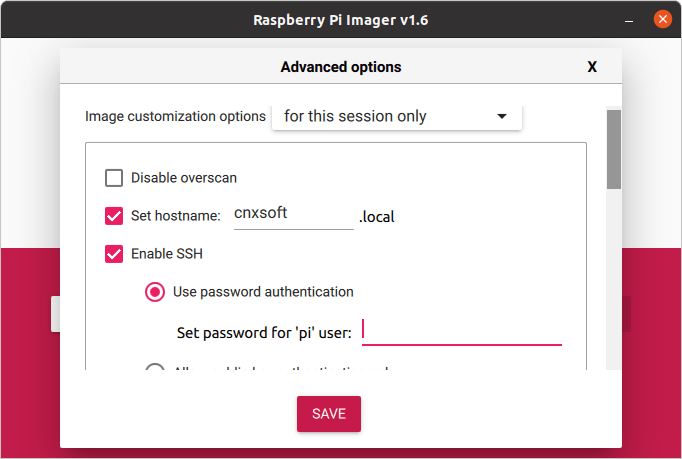NEC Display Solutions has been integrating Raspberry Pi Compute Modules into commercial displays used for digital signage and presentation platforms for over 5 years now. The company, now called Sharp NEC Display Solutions, has launched a new Intel Smart Display Module (SDM)-like slot-in card based on Raspberry Pi Compute Module 4 called “MPi4 NEC MediaPlayer Kit” and designed as an entry-level card alternative to the company’s Intel SDM slot-in cards designed for NEC large format 4K displays. MPi4 NEC MediaPlayer Kit specifications: SoM – Raspberry Pi Compute Module 4 “NEC Edition” with SoC – Broadcom BCM2711 quad-core Arm Cortex 72 @ 1.5GHz, VideoCore IV GPU with OpenGL ES 3.0 graphics, H.265 (HEVC) up to 4Kp60 decode, H.264 up to 1080p60 decode, 1080p30 encode System Memory – 4GB LPDDR2 SDRAM Storage – 32 GB eMMC flash Dimensions – 55 × 40 × 4.7 mm Interface Board for Raspberry Pi Compute Module […]
Linux 5.12 – Main Changes, Arm, MIPS and RISC-V Architectures
Linux 5.12 release was expected last Sunday, but Linus Torvalds decided to release one more release candidate, namely Linux 5.12-RC8, to “make sure things are all settled down“, so the latest Linux kernel is now expected this weekend. Tihs should not yield any significant changes, so we can check what’s new in Linux 5.12, notably with regards to Arm, MIPS, and RISC-V architectures often used in SoC’s found in embedded systems. Around two months ago, the release of Linux 5.11 added support for Intel’s software guard extensions (SGX) and Platform Monitoring Technology (PMT), AMD “Van Gogh” and “Dimgrey cavefish” graphics processors, MIPI I3C host controller interfaces, and much more. Some interesting changes in Linux 5.12 include: Added support for ACRN hypervisor designed for IoT & embedded devices Added support for Playstation DualSense & Nintendo 64 game controllers, as well as Nintendo 64 data cartridges Dynamic thermal power management via a […]
reTerminal – A Raspberry Pi CM4 based 5-inch HMI Terminal
Seeed Studio has just unveiled reTerminal HMI terminal that reminds me of the company’s Wio Terminal based on Microchip SAMD51 Arm Cortex-M4F microcontroller with a 2.4-inch display. But as we’ll look into the details, reTerminal is quite a different beast as a Linux-capable device powered by a Raspberry Pi CM4 module with up to 8GB RAM, equipped with a 5-inch capacitive touchscreen display, and supporting plenty of connectivity options from GIgabit Ethernet to WiFi to LoRaWAN. reTerminal specifications: SoM – Raspberry Pi Computer Module 4 with Broadcom BCM2711 quad-core Cortex-A72 processor @ 1.5 GHz, up to 8GB RAM, up to 32GB flash Display – 5-inch capacitive touchscreen display with 1280×720 resolution Video Output – Micro HDMI port up to 4Kp60 Camera I/F – 2-lane MIPI CSI inteface Connectivity Gigabit Ethernet with optional PoE support 802.11 b/g/n/ac WiFi and Bluetooth 5.0 BLE (on Raspberry Pi CM4 module) Optional 5G, 4G LTE, […]
LoRaWAN BACnet gateway uses Raspberry Pi CM3+ for building automation
A few years about we wrote about BASpi I/O Raspberry Pi HAT compatible with BACNet, a data communication protocol for Building Automation and Control Networks, also known as the ISO 16484-6 standard, and used for HVACs, lightings, elevators, fire safety, and other systems found in buildings. But if you’d like a turnkey BACnet solution based on Raspberry Pi, UK-based Innovelec‘s DINGO LoRaWAN BACnet Advanced Gateway/Server may be easier to integrate into your building’s electrical installation and also offers low-power long-range LoRaWAN communication. DINGO-LORAWAN-GW_SVR-01 key features and specifications: System-on-Module – Raspberry Pi Compute Module 3+ with Broadcom BCM2837B0 quad-c ore Arm Cortex-A53 processor @ 1.2GHz, 1GB LPDDR2 RAM, 8GB eMMC Flash (16GB or 32 GB as option), RTC Info Display – 128×64 pixel OLED LCD Video Output – HDMI Networking 1x RJ45 10/100BaseT Ethernet 1x RJ45 10BaseT Ethernet LoRaWAN connectivity Support for LoRaWAN V1.0.2 and V1.0.3 Tx Power – Up to […]
Eyecam open-source webcam will make you feel spied on
Most people will use webcams connected to a computer or integrated into a laptop without thinking about the possibility of being spied on, but Eyecam will certainly raise awareness and make you feel like somebody is truly watching. The open-source webcam is shaped like a human eye and acts like one thanks to a Raspberry Pi camera and an Arduino board controlling six servos for eyeball, eyelids, and eyebrows movements. The project was conducted at Saarland University in Germany, and Eyecam looks amazingly realistic – and creepy – with the eyeball and eyelids moving, especially when face tracking is enabled, and expressions are possible with servos controlling the eyebrows. The webcam is comprised of 3D printed parts, a Raspberry Pi camera connect to Raspberry Pi Zero recognized as a USB webcam from the host, and an Arduino Leonardo Pro Micro to control the 6 servo motors. On the software side, […]
Raspberry Pi CM4 based predictive maintenance gateway features Google Coral Edge AI accelerator
Techbase had already integrated the Raspberry Pi CM4 module into several industrial products including Modberry 500 CM4 DIN Rail industrial computer, ModBerry AI GATEWAY 9500-CM4 with a Google Edge TPU, and ClusBerry 9500-CM4 that combines several Raspberry Pi CM4 modules into a DIN Rail mountable system. The company has now announced another Raspberry Pi Compute Module 4 gateway – iModGATE-AI – specially designed for failure monitoring and predictive maintenance of IoT installations, which also embeds a Google Coral Edge TPU AI module to accelerate computer vision. iModGATE-AI gateway specifications: SoM – Raspberry Pi Compute Module 4 with up to 32GB eMMC AI accelerator – Google Coral Edge TPU AI module Video Output – HDMI port Connectivity – Gigabit Ethernet USB – USB 2.0 port Sensors – 9-axis motion tracking module with 3-axis gyroscope with Programmable FSR, 3-axis accelerometer with Programmable FSR, 3-axis compass (magnetometer) Expansion 2x 16-pin block terminal Advanced […]
Piunora has the guts of a Raspberry Pi 4 with Arduino form factor, M.2 PCIe socket (Crowdfunding)
The Raspberry Pi 4 is a pretty cool board, but if you wished it was just a bit smaller, and you could use the PCIe interface exposed by the Broadcom BCM2711 processor more easily, Timon has designed Piunora carrier board for the Raspberry Pi Compute Module 4. The solution provides a board with the guts of Raspberry Pi 4 SBC but using the Arduino form factor including access to the six ADC pins, and an M.2 socket with the PCIe signal from the Broadcom SoC. Piunora carrier board specifications: SoM compatibility – Raspberry Pi CM4 module with Broadcom BCM2711 quad-core Cortex-A72 processor @ 1.5 GHz, 1 to 8GB RAM, optional 4GB to 32GB eMMC flash, optional wireless module with 802.11b/g/n/ac WiFi 5 and Bluetooth 5.0 Storage – 1x MicroSD card socket (for the OS when using Raspberry Pi CM4Lite system-on-module) Video Output – 1x HDMI 2.0 port up to 4Kp60 […]
It’s now easier to customize Raspberry Pi OS images
When I need to flash a Raspberry Pi OS image, I usually download the image from the Raspberry Pi website before flashing it to a MicroSD card with either balenaEtch or USBimager. The Raspberry Pi Foundation released the Raspberry Pi Imager last year, but I never used it, except to try it out, because at the time, it would just flash the image to the MicroSD card like other tools, and since I’m working with SBCs from different vendors it did really not bring any benefits to me. But with the v1.6 release, the Raspberry Pi tool has become more useful to advanced users, notably those who like to set up the image in a headless Pi. Before we had to flash the image, mount the MicroSD card, and go edit /boot/config.txt to enable SSH and other settings. Now, it’s possible to do the same from Raspberry Pi Image v1.6 […]


